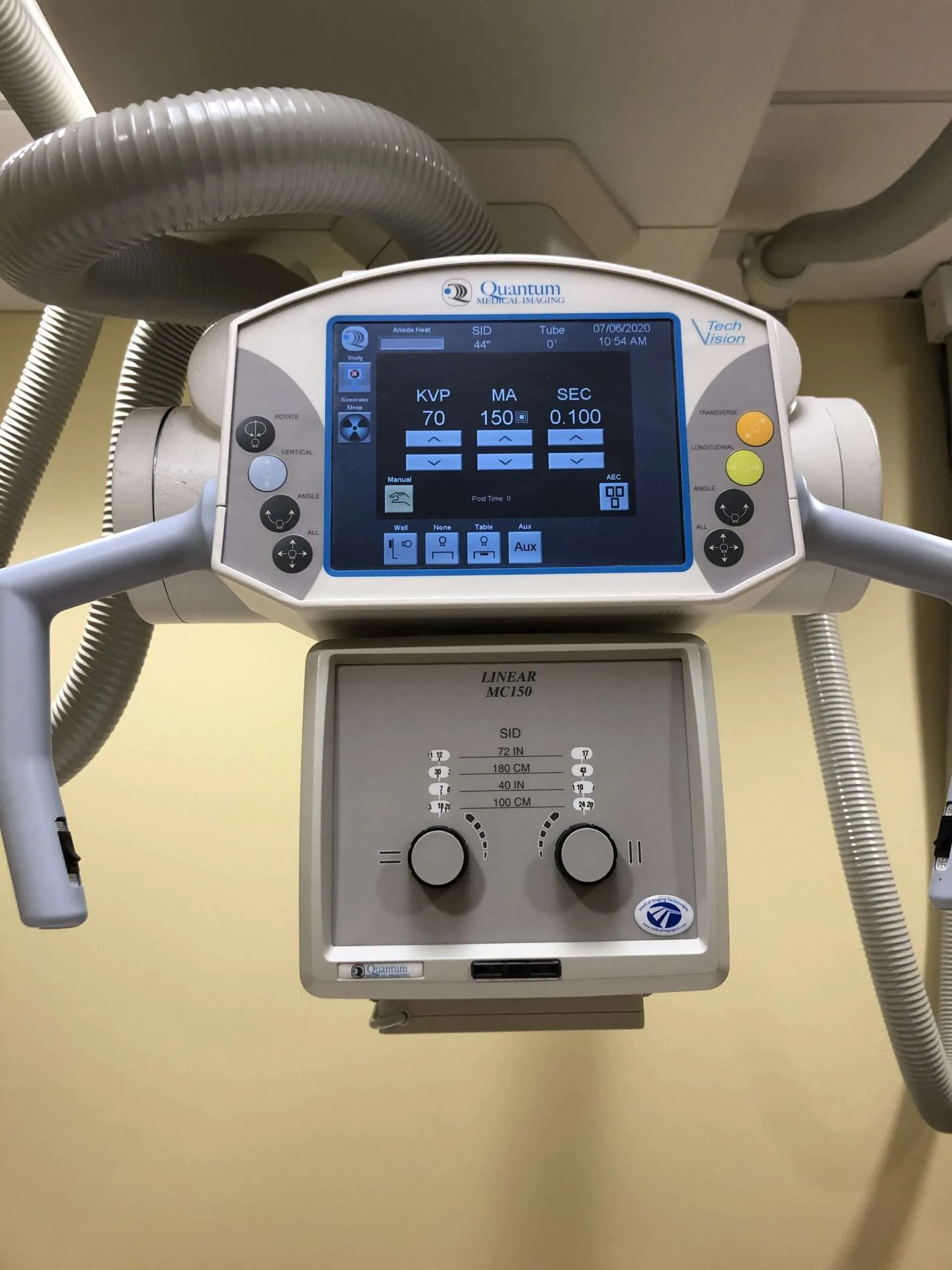X-ray technology has come a long way since its discovery by Wilhelm Conrad Röntgen in 1895. From simple imaging tools to sophisticated diagnostic systems, the integration of quantum technology is now revolutionizing this field. This blog explores the journey of X-ray machines, highlighting the transformative role of quantum advancements.
-
-
Wilhelm Röntgen’s discovery of X-rays in 1895 marked the beginning of medical imaging.
-
Early machines used film-based radiography, which provided basic imaging but lacked precision.
-
The transition from film to digital radiography improved image quality and storage capabilities.
-
Portable X-ray machines made imaging accessible in remote and emergency settings
-
AI enhanced diagnostic accuracy by enabling automated image analysis.
-
Machine learning algorithms identified patterns in X-ray images, aiding early disease detection
-
-
-
Recent advancements in quantum science are unlocking unprecedented capabilities in X-ray technology:
-
-
Researchers have achieved quantum memory in the hard X-ray range by storing and releasing single-photon-level pulses using nuclear frequency combs.
-
This breakthrough enables precise control over photon emissions, paving the way for quantum networking and information processing with X-rays.
-
Quantum correlations between photons improve image resolution and sharpness.
-
This technique has been applied to study defects in materials and determine biomolecular structures, offering superior diagnostic tools.
-
Quantum-enhanced X-ray sources reduce radiation exposure while maintaining high imaging quality.
-
These advancements are particularly beneficial for medical diagnostics and industrial inspections
-
-
-
| Feature | Traditional X-rays | Quantum-Enhanced X-rays |
|---|---|---|
| Image Resolution | Limited | High precision with quantum effects |
| Radiation Exposure | Higher | Lower due to efficient photon use |
| Data Storage and Processing | Basic | Advanced quantum memory systems |
| Applications | Medical imaging, security | Expanded to quantum computing, material science |
The integration of quantum technology into X-ray systems promises groundbreaking application
Enhanced imaging for early detection of complex diseases.
Atomic-scale analysis for advanced material development.
Using X-rays as carriers for secure data transmission.
As research progresses, quantum-enabled X-ray machines will continue to redefine industries, making them faster, safer, and more efficient than ever before. The evolution of this technology not only honors Röntgen’s legacy but also opens new frontiers in science and healthcare.
Also Read :

